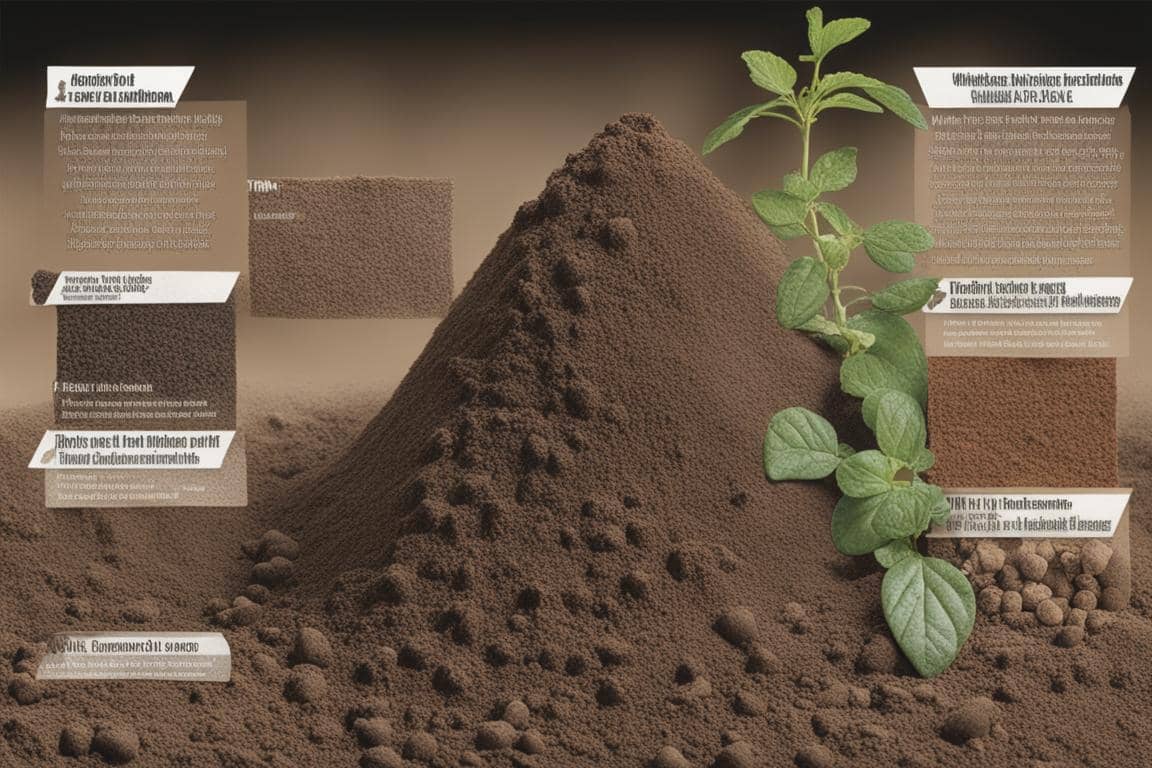Ponytail Palm Care Guide
In the world of houseplants, the Ponytail Palm (Beaucarnea Recurvata) stands out as an architectural marvel, a statement of living art that graces the corners of sunlit rooms like a stoic sentinel of green. But let’s cut straight to the chase: the Ponytail Palm is not your average houseplant, and caring for it is not akin to the mindless watering of a nondescript office fern. It is a dance of patience, a testament to the gentle art of restraint, and a journey into understanding the delicate balance of a plant’s needs.
Is Ponytail Palm Toxic to Cats?
By reading this article, you will learn:
– Ponytail palm is non-toxic to cats.
– How to care for a ponytail palm, including light, water, soil, and growth requirements.
– Tips for dealing with diseases and pests that may affect ponytail palms.
Ponytail Palm Care Summary
Before we delve into the specifics, let me paint you a quick, broad-brush stroke of what Ponytail Palm care entails. This plant is a survivor, making it ideal for those who tend to love their plants a tad too fiercely or, let’s be honest, are forgetful waterers. It thrives in bright light and demands very little water, making it a beacon of hope for beginners and a beloved gem for seasoned plant enthusiasts. And for the cat enthusiasts out there, you can breathe easythis plant is as feline-friendly as they come, not a hint of toxicity in its graceful fronds.
Ponytail Palm Care Guide
Light

The Ponytail Palm is a sun worshipper, a connoisseur of the golden rays. Place it where the light spills generously, preferably a southern or western exposure, and watch it bask in the glow. But don’t fret if your space is less than sunny; this plant is forgiving and will tolerate lower light conditions, albeit with less gusto.
Real-Life Case Study: Finding the Right Light for My Ponytail Palm
I struggled to find the right spot for my ponytail palm, Pablo, in my home. At first, I placed him near a north-facing window, but he started to show signs of stress with brown tips on his leaves. After doing some research, I realized that he needed more light. I moved him to a south-facing window, and he thrived, with new growth and healthy, green leaves. It was a learning experience for me, and now I understand the importance of providing the right amount of light for ponytail palms.
Water
When it comes to watering, imagine you’re wandering through a desert; this is the mindset you must adopt. The bulbous base of the Ponytail Palm is not just a design featureit’s a reservoir, a cache for drier days. Water deeply but infrequently, allowing the soil to dry out completely between drinks. Overwatering is the quickest way to send your Ponytail Palm to the plant graveyard, so err on the side of neglect, and you’ll be golden.
Insider Tip: Stick your finger into the soil up to the second knuckle. If it feels like the forgotten corner of a neglected sandbox, it’s time to water.
Soil

The soil for your Ponytail Palm should be as well-draining as your patience. A mix of potting soil, sand, and perlite will provide the perfect home for its roots, ensuring that they never sit in moisture for too long. Think of it as creating a mini-desert landscape, right there in your pot.
Fertilizer
Fertilizing a Ponytail Palm is like seasoning a fine steakless is more. A half-strength balanced fertilizer every couple of months during the growing season will suffice. In winter, let it rest, and skip the fertilizing altogether. The plant is not in a race; it’s on a leisurely stroll, and overfeeding can lead to more harm than good.
Repotting
The Ponytail Palm is a slow grower, content in its pot for years. Repotting is a rare event, a ceremony that need only occur every few years when the roots have truly outgrown their home. Choose a pot that’s only slightly larger than the previous one; this plant likes a snug fit, a cozy abode for its roots.
Pruning
Pruning a Ponytail Palm is a matter of aesthetics, not necessity. If a leaf browns or frays, feel free to trim it, but otherwise, let the plant be. It knows what it’s doing, and its natural form is part of its charm.
Propagation
Propagating a Ponytail Palm is a lesson in patience. Offsets may appear at the base of the plant, which can be separated and potted on their own. But these moments are rare, and the plant likes to take its sweet time. It’s not a process for the instant-gratification crowd.
Growth

Growth in a Ponytail Palm is a subtle affair. You won’t wake up to a Jack-and-the-Beanstalk situation overnight, or even over a year. Its growth is measured, dignified, and unhurried. Over time, it develops a thick, woody trunk topped with cascading leaves that evoke the image of a tropical waterfall.
Toxicity
When it comes to toxicity, the Ponytail Palm is as benign as they come. It’s perfectly safe for cats, dogs, and curious toddlers alike. No need to panic if your feline friend takes a passing interest in nibbling the ends of its leaves. It’s a worry-free plant in a world full of potential pet hazards.
Insider Tip: Check out more cat-friendly plants to create a safe and green environment for your furry companions on PetPawwy.com.
Diseases and Pests
The Ponytail Palm is resilient, but it’s not invincible. Watch out for common foes like spider mites and scale insects. Keep an eye out for signs of distress, such as yellowing leaves or a sticky residue. Prevention is keymaintain good airflow around your plant, and isolate new plants to prevent the spread of unwanted guests.
Conclusion
Caring for a Ponytail Palm is a journey of understanding the beauty of simplicity. It’s a plant that asks for little and gives much in returna serene presence in the home, a touch of the exotic, and a friend to your pets. Treat it with a gentle hand, and it will reward you with years of verdant splendor. It’s more than just a plant; it’s a living sculpture, a conversation starter, and a testament to the joy of houseplants done right.
Q & A
Q. What makes ponytail palms toxic to cats?
A. Ponytail palms contain compounds that can be toxic to cats if ingested.
Q. How can I keep my cat safe from ponytail palms?
A. Keep ponytail palms out of reach of your cat, or consider choosing non-toxic plants.
Q. Who should I contact if my cat ingests ponytail palm?
A. Contact your veterinarian immediately if your cat ingests any part of the ponytail palm.
Q. What if my cat is exposed to ponytail palm sap?
A. Rinse the affected area with water and seek veterinary advice if any symptoms develop.
Q. How toxic are ponytail palms to cats?
A. Ponytail palms can cause gastrointestinal upset and potential skin irritation in cats.
Q. Isn’t it rare for cats to ingest ponytail palms?
A. While rare, it’s important to be cautious as some cats may be attracted to chewing on plants.




Leave a Reply